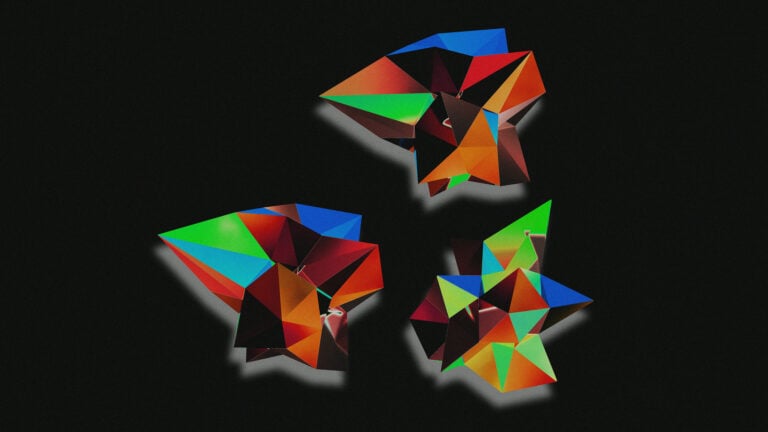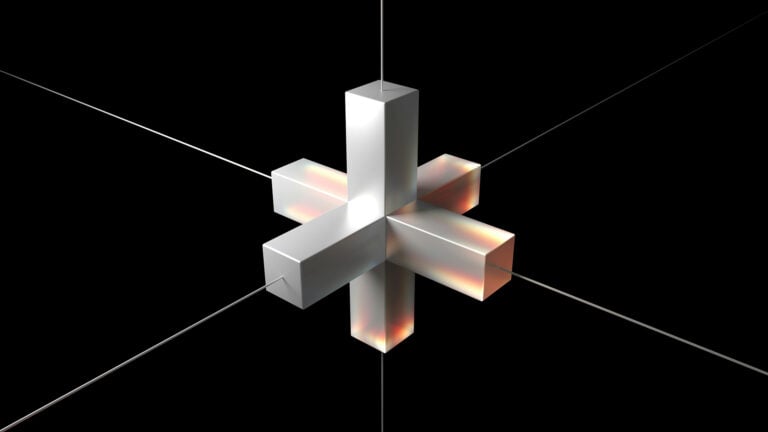Buzzwords in general tend to be pretty meaningless, often generalizing or minimizing complex issues into a single word or phrase that doesn’t even begin to encapsulate the full picture. Synergy. Holistic. Sustainability. Simple words like these represent entire industries, condensing all sorts of moving parts into one vague concept. After the year we’ve all had, there’s one buzzword in particular that has become especially useless: Digital Disruption. It’s everywhere. Someone, please, make it stop.
All around us, there’s a deafening conversation going on about digital disruption: Blogs, tweets, white papers, consultants, webinars, even books… Every day, on every medium, across every platform, this conversation is always there. Day in, day out, and seemingly to no end.
To make matters worse, the buzzword “digital disruption” has several friends: Words like “digital transformation” and “digital strategy.” Together, they all form a secret club of doubt and doom surrounding your business, casting a dark shadow on all the important strides you’re making and putting an immense pressure on having a cutting-edge impact, lest your business come up a day late and a dollar short. It’s high time someone swoops in, presses pause, and attempts to make some sense of it all.
You see, the truth about disruption is twofold:
- There is not going to be any shortage of digital disruption anytime soon, and that’s because it isn’t real.
- So-called “digital disruption” is just the modern world, turning its wheels, constantly moving ever forward.
Why Disruption Isn’t the Right Word
Lately, there are countless factors that cause digital progress to be stalled. So many, in fact, that they can actually be charted. This begs the question: Is it possible that we’re causing our own analysis paralysis by creating the fear that we need nuclear disruption to make a change?
The role that technology plays in our lives — both personal and professional — is unfathomable. It has become such an integral part of our routines, and there’s no turning back from it now (or avoiding it in the future). We’ve come to depend on the conveniences of our phones and the ease of our Alexas on a daily basis (see Conversational Commerce). Our public safety relies on complex networks of security cameras and sensors. Our world’s financial systems are intrinsically tied to the internet. Our media relies on social media and the cameras in our pockets to capture world events. Even our shopping, our entertainment, and our education is tied to digital devices. Bit by bit, they have become integrated into the very fibers of our daily lives. Likewise, there are constant and continuous improvements to this life-altering tech, with each update seeming to come right after you become accustomed to the now-outdated version. Clearly, there is no disruption. A disruption happens once. This is an ongoing thing: a constant sea of change.
Think about it: Ten years ago, no one could have ever predicted that our kids would be buying sunglasses in Roblox, that there would be a slew of 21 year old bitcoin millionaires, that we’d all cut our cable in favor of a slew of streaming services, that we’d conduct our meetings from home over video chat or that the social part of shopping could take place outside of a store. This isn’t because we failed to realize technology was capable of this, but simply because the adoption and practical application of technology has grown with us and fits into our modern lives in ways that arise from both necessity and random chance. These wild technological advances are simply interwoven into our era, and calling any of them a “disruption” is far too one-dimensional. It’s a generalization. A meaningless buzzword that fails to get at the truth of the matter. That is, a disruption eventually stops, and in our lifetime, we are not going to see this stopping anytime soon. It’s in perpetual motion. It’s not a disruption, it’s a constant state of transformation.

Disruption Isn’t Going Anywhere. Now What?
According to Michael Gabriel of CIO Magazine, “this transformation and disruption appears to be focused on significant or innovative new ways of improving things with the twist being the use of digital technology.” Ever since the day the very first computer came to life, digital disruption has been a thing. There has never been a cooling off period, never a time to stop and pause the incessant push to take digital concepts further and further. Each and every day is treated as an opportunity to drastically progress forward in ways that affect every facet of every business and personal life combined.
So, this raises the questions:
- How do you anticipate the next opportunity?
- What is your next chance to embrace new technological capabilities?
- How can you meet modern technology where it stands, take a breath, and stop worrying about the disruption so you can enjoy the view for a minute?
The solution is a digital experience strategy that stays open-minded and remembers to see both the forest and the trees. In other words, an intention to appreciate where you stand while also looking forward without fear or anxiety of the transformations on the horizon.
|
Want more advice on this topic? |
Anticipating the Transformations to Come
Since all of these transformations are never going to end, how can the modern decision maker avoid the paralysis that comes with worrying about the next best thing? Especially if the next best thing is yet to exist? It’s not like we have time machines — if we did, we’d all go back and invest in some Apple stock and hand sanitizer. So, what can you do?
Before anything else, you should start here:
- Business decision makers have to embrace a positive focus on the things that are currently working for them today, not the things that could trip them up in the future.
- This begins with a solid digital experience strategy.
Could every company on Earth benefit from a modern tech tool that they don’t currently have? Maybe, but that would still be just as true the day after they implemented that tool. There’s no use fretting about its implementation beforehand. Hedging what works for you now while recognizing where you may achieve the biggest lift from new technology is far more important than having the shiniest new bike on the block.
When we meet new clients, we take a very broad look at the atmosphere of their working environment: Their customers, their team, their competitors, their systems, and, most importantly, what their strategy is (or what they think it is). Once we have a better vision of what they can accomplish with what they have, we can be prescriptive about how technology, or design, or a change in vision can affect their future. In other words, a digital experience strategy. After all, it is only through an appreciation of your current environment and a simultaneous desire to grow that you can meet the technology where it is and invite it into your sandbox one toy at a time.
The Real Disruptor: a Digital Experience Strategy
It’s taken us 12 years and 400 eCommerce implementations to realize that a digital experience strategy is the real disruptor. Disruption may be never-ending, but it’s also not scary or threatening. It’s a lovely thing, and it’s evergreen, and it keeps evolving because of the way we live, work and shop. It takes a partner who has been through every kind of experience for both our clients and their customers to tell you that your experience isn’t going to have a finite beginning and ending. As a matter of fact, the day your site goes live, there are going to be newer tools out there that you could have used, but don’t let that hold you back. One person’s digital disruption is another’s baby step toward modern commerce.
Vaimo is here to help you decipher the disruption from the everyday decision and guide you every step of the way. Not everything is groundbreaking, most of it is just business as usual. By arming yourself with a digital experience strategy, you can take this notion and put it into action. In effect, with Vaimo’s help, you can learn to anticipate the transformations that await you in the weeks, the months, and the years to come, all while focusing on the things that are currently working successfully for you in the present. There will always be another opportunity, another chance to bring in new technology to your eCommerce platform. You can’t welcome any of it into your environment unless you have the digital experience strategy that helps you facilitate those transformations.
To learn more about this, reach out today.








